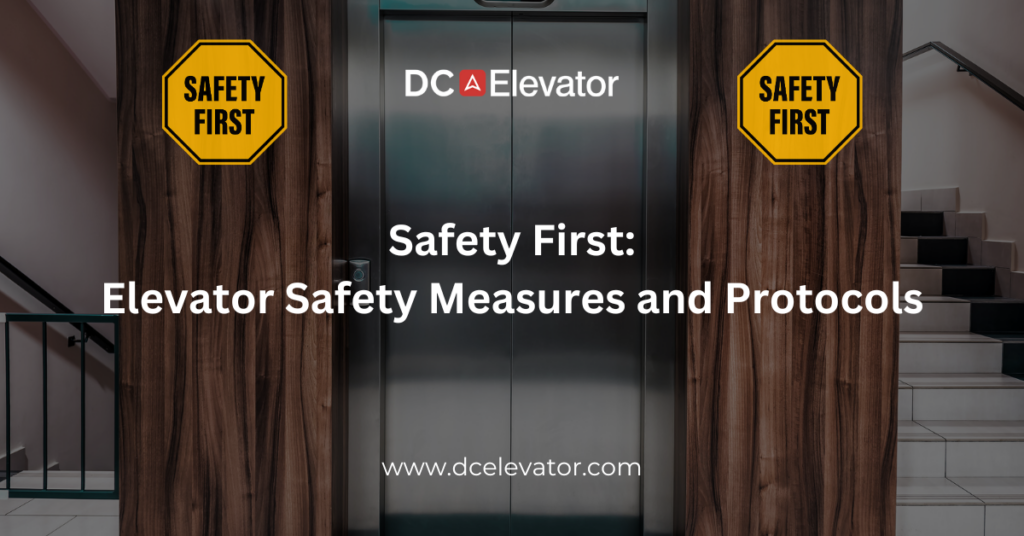Welcome to our blog dedicated to elevating your knowledge about elevator safety! Whether you’re a regular elevator user or just curious about the inner workings of these essential machines, this blog is your one-stop resource for understanding elevator safety measures and protocols.
Why Elevator Safety Matters
Elevators are a ubiquitous part of our modern lives, transporting millions of people every day in various settings such as residential buildings, offices, shopping malls, and hotels. Ensuring the safety of passengers is paramount, given the potential risks associated with elevator operation. This blog aims to raise awareness about the importance of elevator safety and provide insights into the measures and protocols that keep passengers secure.
Elevator Safety Measures
1. Regular Maintenance
Proper and regular maintenance is the cornerstone of elevator safety. Elevators should undergo routine inspections, servicing, and repairs by certified professionals. Maintenance checks include examining mechanical components, electrical systems, emergency brakes, and safety features to ensure they are functioning correctly.
2. Safety Signage and Information
Clear and visible safety signage inside and outside elevators provides passengers with important information. This includes maximum weight capacity, emergency contact numbers, and instructions for what to do in case of an emergency, such as getting trapped between floors.
3. Overload Protection
Modern elevators are equipped with overload sensors that prevent the elevator from operating if the weight limit is exceeded. This prevents undue stress on the elevator’s mechanical components and ensures passenger safety.
4. Emergency Communication
Elevators should be equipped with emergency communication devices such as intercoms or emergency phones. These devices allow passengers to communicate with building personnel or emergency services in case of an unexpected situation.
5. Fire Safety Features
Elevators are designed to mitigate risks during fire incidents. They often feature fire-rated doors, fire recall buttons, and specialized operational modes to prevent elevators from being used during a fire emergency.
Elevator Safety Protocols
1. Entering and Exiting Safely
- Wait for the elevator to come to a complete stop before entering or exiting.
- Stand clear of the doors while waiting for the elevator to arrive.
- Do not attempt to stop closing doors with your hands or body.
2. Inside the Elevator
- Do not try to force the doors open if they are closing.
- Avoid jumping or engaging in rough behavior inside the elevator.
- In case of an emergency stop, remain calm and use the emergency communication device to seek assistance.
3. During an Emergency
- If the elevator gets stuck, use the emergency button to alert building staff or emergency services.
- Do not attempt to exit the elevator through the doors if the elevator is not level with the floor.
- Wait for trained professionals to safely rescue passengers.
Elevate Your Safety Knowledge
Elevator safety is a collective responsibility that involves building owners, maintenance personnel, and passengers. By following safety measures and protocols, we can ensure a secure and smooth elevator experience for everyone.
